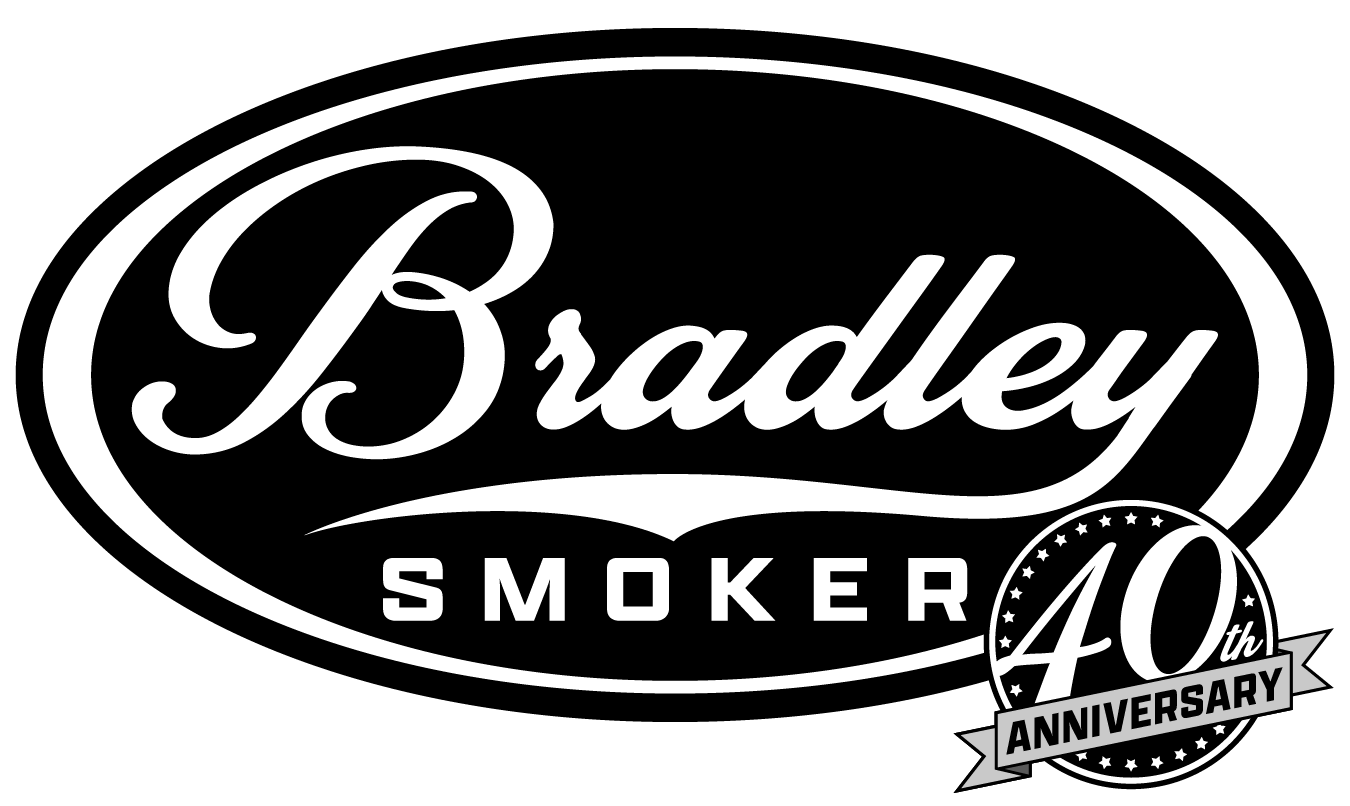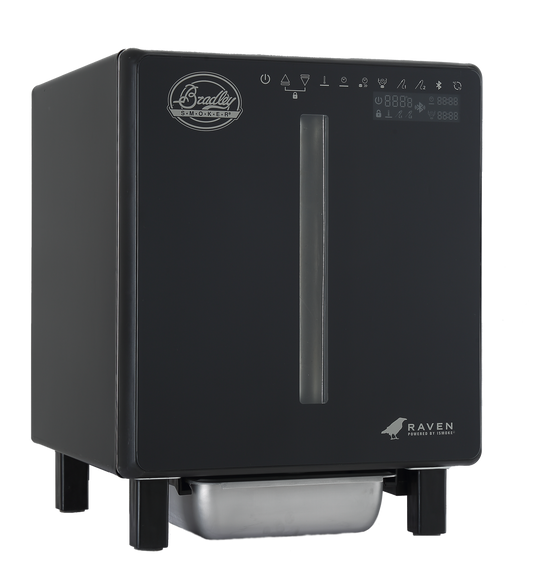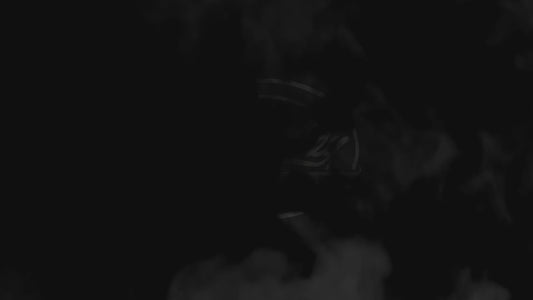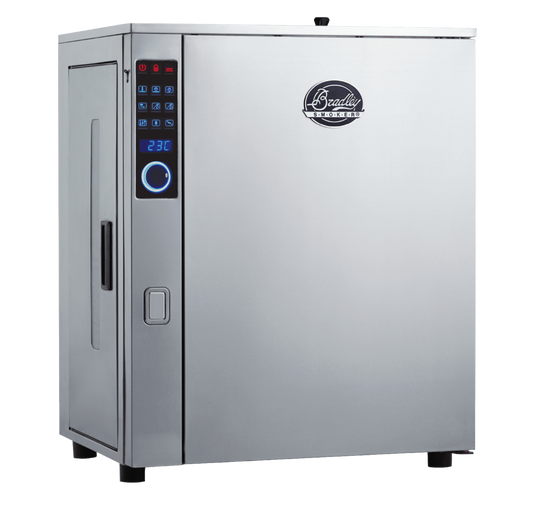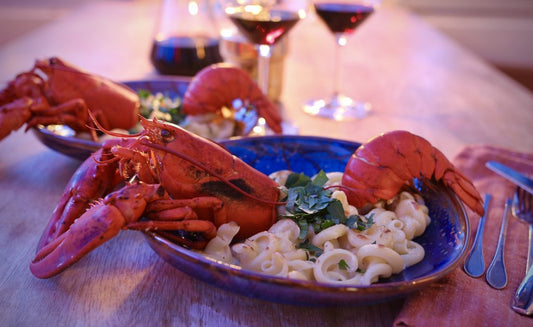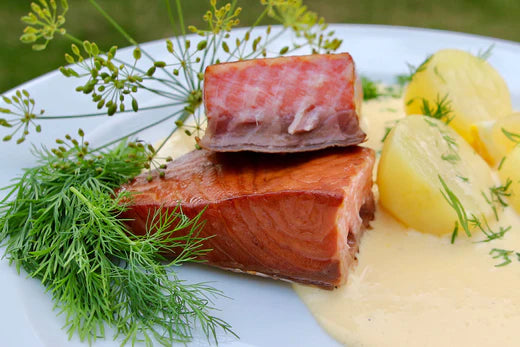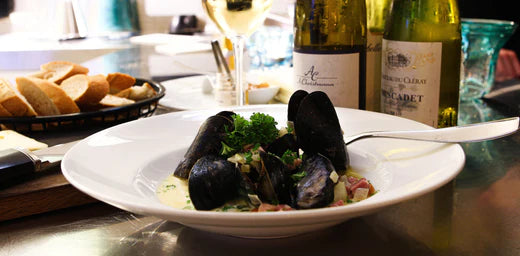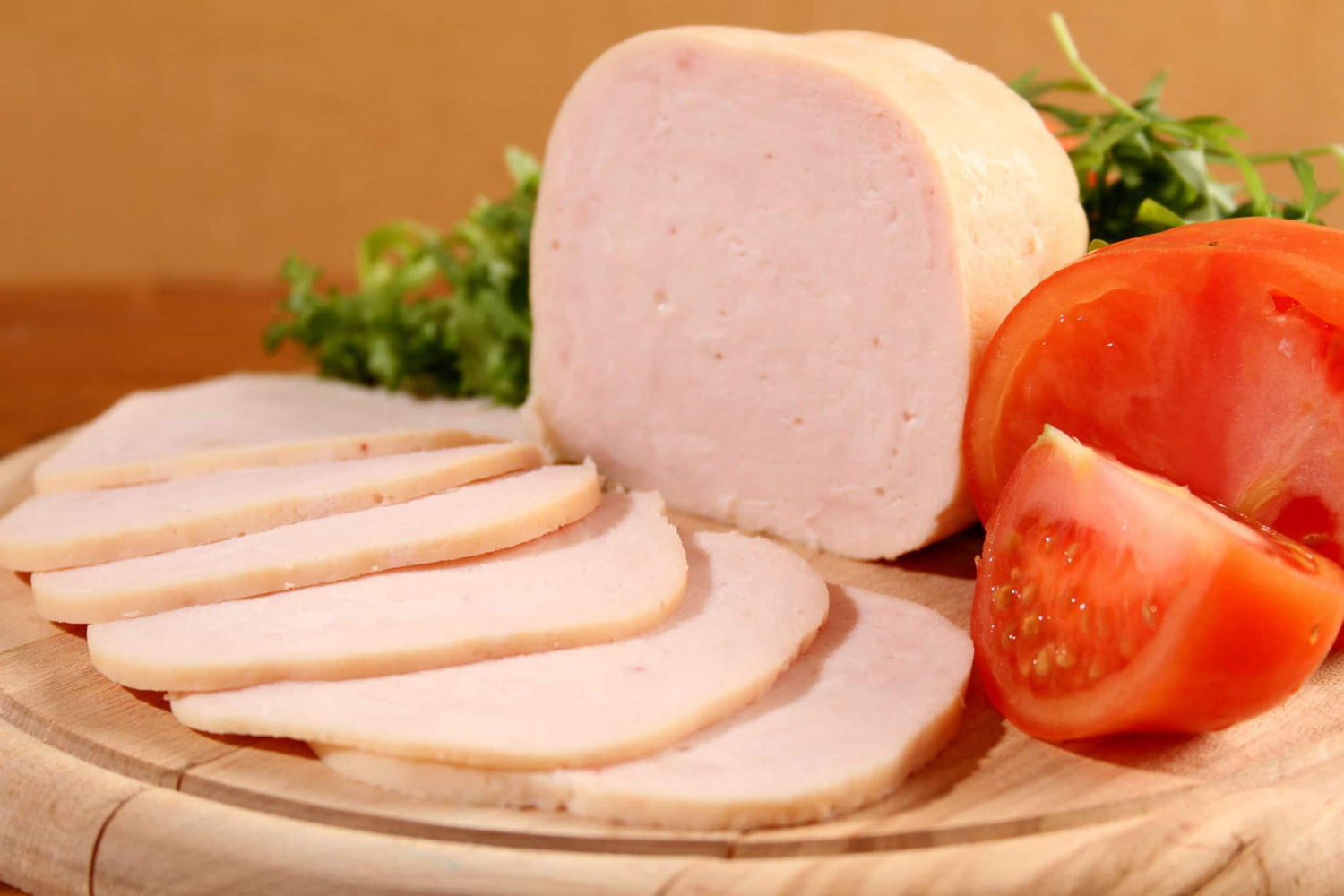
Smoked Chicken Ham Recipe
Thighs are the best part of the chicken to use as raw material. The drumsticks can be used, but the numerous tendons make them troublesome.
No matter what kind of fowl is being used, removal of the skin from the drumsticks and thighs is recommended. The bones can be optionally left in place or removed before processing. However, if you do use chicken drumsticks, it is best to leave them whole, with the bone and tendons intact. Removal of the bones and tendons in chicken drumsticks is difficult.
It is very easy to remove the bone from either a chicken or chicken thigh. First, lay the thigh skin-side-down on a cutting board. Locate the bone with your fingers, and make a long slit through the flesh that is on top of the bone. Stroke along the bone with the tip of the knife. The flesh will gradually “peel” away from the bone. Remove the skin. The same technique can be used to remove the bone from a chicken drumstick.
Ingredients
Cure Mix for 5 lbs. (2.25 kg) of Chicken:
3 Tbsp (45 ml) Bradley Cure (any flavour) (Do not use more than this amount)
1 Tsp (5 ml) onion granules or onion powder
1 Tsp (5 ml) garlic granules or garlic powder
1 Tsp (5 ml) white pepper
Note: If the meat weighs either more or less than 5 pounds (2.25 kg), the amount of cure mix applied must be proportional to that weight. For example, if the weight of the meat is 2 ½ pounds (1.15 kg), then each ingredient, including the Bradley Cure, needs to be cut in half.
Preparation
Preparing the meat:
Prepare the poultry as indicated.
Rinse in cold water and drain.
Put the meat on paper towels with newspaper underneath to absorb the water that is on the bottom surface.
Blot the top surface with paper towels.
Curing:
The thickest piece of meat dictates the curing time for the batch. Six days are required if the thickest piece is one inch thick (2.5 cm). Three days are required if the thickest piece is a half-inch thick (1.25 cm).
Weigh the dressed poultry, and place it in a curing container (a plastic food container). Prepare, calculate, and measure the required amount of curing mixture.
Rub the curing mixture on all surfaces of the meat. Cover and refrigerate. The refrigerator temperature should be set between 34° and 40°F (2.2° to 4.4°C).
Overhaul after about 12 hours. (Rub the surfaces again and re-stack.) Overhaul daily until the curing time has elapsed.
When the cure is finished, rinse each piece of meat very well in cool water.
Drain. Return the meat to the cleaned curing container, but place layers of paper towels and newspapers between the layers of meat.
Smoking the Chicken:
The instructions below are for cold smoking, and that is followed by cooking in a steamer. If you are not using a cold smoker, keep the temperature as low as possible.
Dry in a smoker (with no smoke) at about 140°F (60°C). It is dry when your finger slides easily on the surface.
Smoke at less than 85°F (30°C), if possible, for 3 to 6 hours. Raise the temperature to 145°F (63°C). Continue to smoke for 2 or 3 more hours until the product has a reddish-brown surface.
Additionally, raise the temperature to 185°F (88°C). Continue to cook for 1 or 1 more hours until the product is cooked
Unwrap the pieces, and drain them in a colander. Cool at room temperature for 2 hours, then refrigerate overnight with no cover. The next morning, wrap all of the chicken ham in plastic food wrap. Freeze the ham that will not be consumed.
Note: If the salt taste is too mild, the next time you make this product, add about 1 teaspoon of salt to the ingredients list. If the salt taste is too strong, reduce the amount of Bradley Cure by about 1 teaspoon. Also, a teaspoon of any kind of sweetener may be added to the list if you like your ham a little sweeter.
